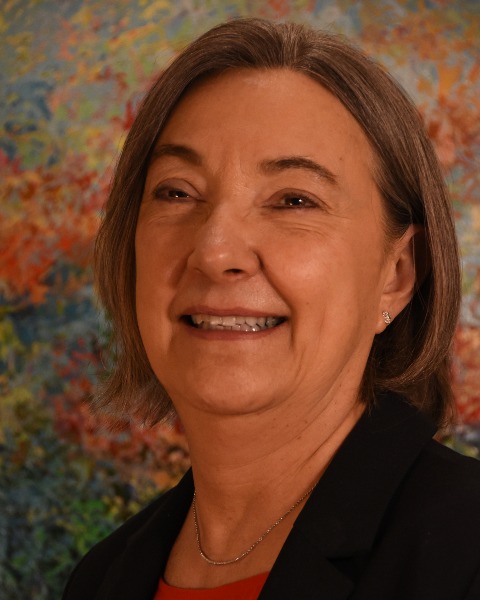Academic Education (AE)
(PP204) Longitudinal Analysis of Audiology Student Externship Compensation

Jonette B. Owen, AuD
Associate Dean Clinical Education
Salus University - Osborne College of Audiology
Elkins Park, Pennsylvania, United States
Lead Presenter(s)
The transition to the Doctoral degree in Audiology brought about changes to the educational framework, including replacing the Clinical Fellowship Year (CFY) with the clinical externship rotation. The CFY was a post-graduate paid fellowship. However, externships are conducted during the educational program's last year and may or may not have financial payment associated with it. Currently, it is up to the externship sites to determine the student compensation parameters. Therefore, data on externship compensation are limited. This poster reports ten years of data on financial compensation for 276 student externs throughout North America.
Summary:
Rationale: The initial purpose of the data collection on the compensation packages offered to audiology externship students was to determine the percentage of the students who were provided compensation vs. those who were not. After a few years of collecting the data, the focus expanded to looking at the range of compensation offered, as the range appeared to be widening. For clarification, we are referencing the average financial compensation provided to the audiology student externs during the last year of their clinical education before graduation and application for professional licensure. This is particularly interesting as other healthcare professions do not allow students to be paid for their participation in clinical education rotations. This audiology anomaly is attributed to the legacy of the CFY paid fellowship from the 20th-century education model prior to the AuD model.
Methods: The data regarding compensation is initially collected during the site vetting process. At this time, a conference call is held with the point of contact for the site, usually the audiologist and the coordinator of the externship program, who is the Associate Dean of Clinical Education. In addition, a few months into the externship, each student is asked to complete a questionnaire regarding various aspects of the site, including the compensation information, to verify or update the current status at the site.
Results: The compensation variability became increasingly apparent with each cohort of students embarking on externship over the past ten years. However, it has been the investigator's experience that the original compensation offer to the students has been upheld and, in some cases, increased but has never been decreased. The percentage of students receiving compensation is increasing over time. The dollar value associated with the externship has also increased. The offer of financial remuneration does not always influence students' choice as we have students continuing to accept offers from sites that do not offer monetary compensation. Learning Objectives:
